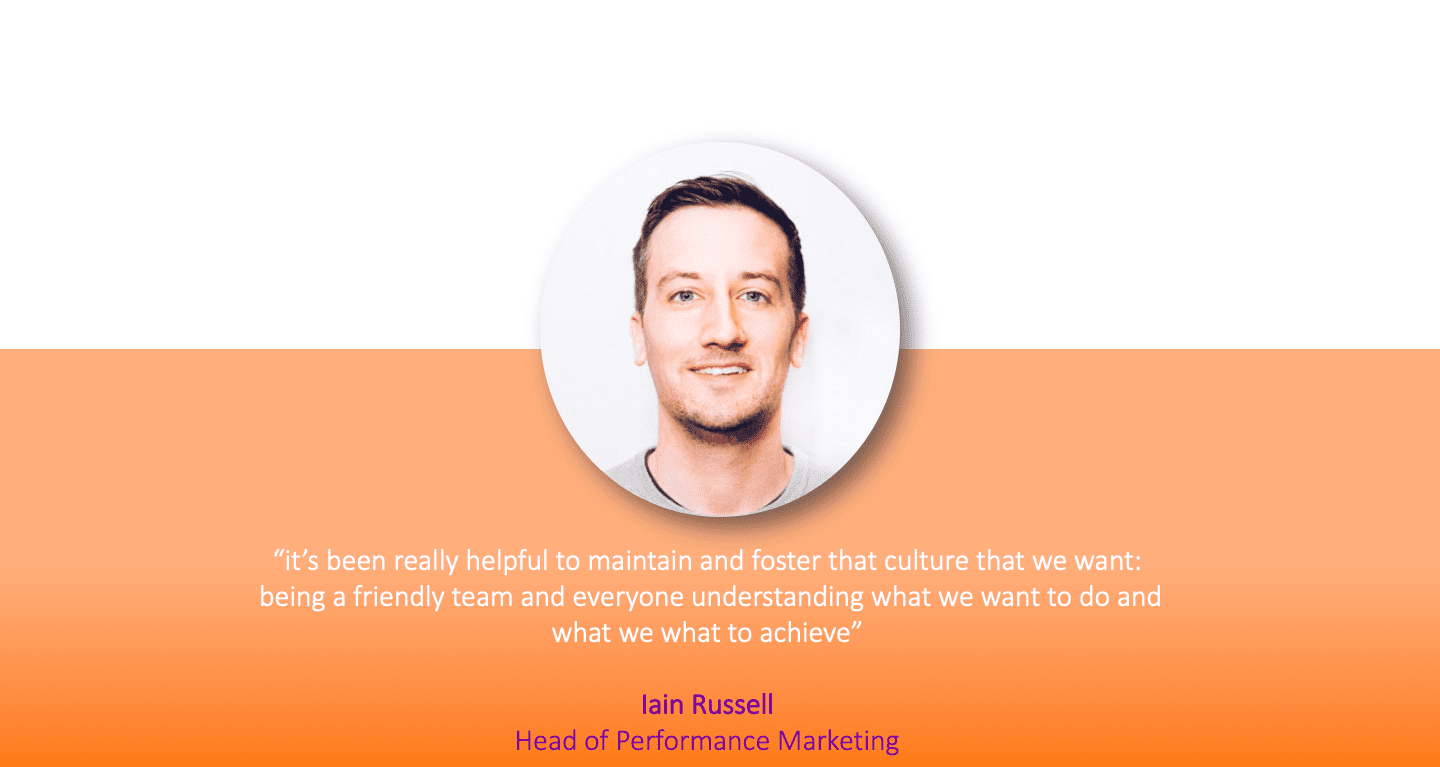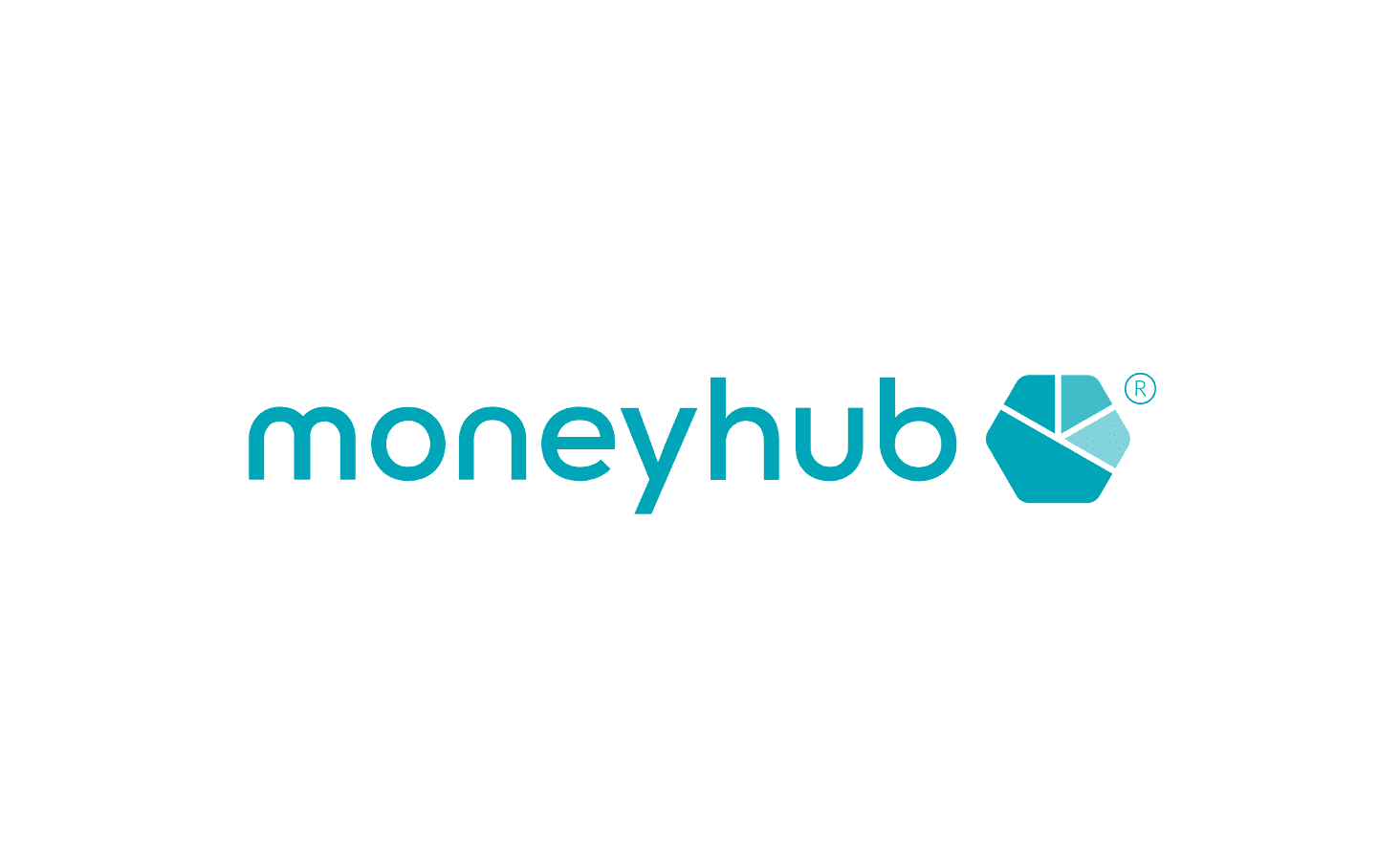Moneyhub, a rapidly expanding UK-based financial management platform, doubled its workforce from 20 to 40 employees just as pandemic restrictions took hold. Despite this challenging context, the company had already established a robust remote work infrastructure and utilized communication tools like Slack. However, the company faced the obstacle of integrating new hires into their company culture without the advantage of face-to-face interaction.
To navigate the unprecedented onboarding process for numerous new hires, Moneyhub turned to LEAD.bot, a people operation platform. By implementing virtual coffee matches through LEAD.bot, the company not only facilitated the remote onboarding transition but also reinforced their existing culture of camaraderie and collaboration. By fostering increased communication, including informal chats, among employees, Moneyhub succeeded in nurturing a collaborative and inclusive workplace culture.
We had the opportunity to interview Iain Russell, Head of Performance Marketing at Moneyhub, to delve into their successful adaptation strategies and gain insights into their perception of company culture. Additionally, we explored how Moneyhub effectively harnessed the power of LEAD.bot to enhance their corporate culture.
A Cliente-First Culture, A Staff- First Culture
Moneyhub was founded by individuals who personally experienced the frustrations of accessing and engaging with their own financial data. Their determination to simplify banking and financing for consumers became the driving force behind the company’s inception. Today, Moneyhub has adopted a customer-centric approach that extends to both enterprises and consumers, aiming to make banking easier for all.
In line with their commitment to customer satisfaction, Moneyhub has also prioritized cultivating a staff-first culture within the organization. The founders and CEO have embedded core values of trust, transparency, and a people-first mindset into the company’s culture. These values shape the work environment and guide the company’s goals and values.
Central to Moneyhub’s culture are three key pillars: agility, collaboration, and nurturing. By emphasizing kindness alongside efficiency, the company aims to meet customer needs while also valuing the time and well-being of its staff. This approach aligns seamlessly with the ethos of LEAD.bot, the chosen company culture app. LEAD.bot offers full customization to cater to Moneyhub’s unique requirements, promoting collaborative teamwork, and, most importantly, striving to make work a more fulfilling and positive experience for employees.
In pursuit of their customer-centric goals, Moneyhub recognizes the importance of fostering a strong internal team. Virtual coffee chats facilitated by LEAD.bot play a vital role in this endeavor. These informal interactions enable employees to connect on a personal level, share experiences, and build rapport. In a virtual environment where face-to-face interactions are limited, virtual coffee chats bridge the gap and foster a sense of camaraderie among team members. By nurturing these connections, Moneyhub cultivates a friendly and collaborative work culture, ultimately leading to a motivated and cohesive workforce.
The Significance of Building Friendships within Small Startups
You might wonder, Moneyhub, with its initial team size of 20-40 employees as a small startup, why is building friendships within the company so important? In the startup ecosystem, where close collaboration and high-pressure environments are the norm, fostering meaningful friendships becomes a critical aspect of creating a thriving work culture.
While some startup founders and HR professionals may overlook the importance of employee friendships, these relationships play a crucial role in shaping the dynamics and success of a small team. In smaller startups, where each individual’s contributions are highly visible and impactful, building strong relationships among employees becomes vital for collaboration, cohesion, and collective growth.
Having close friendships within the company can significantly impact employee morale and job satisfaction, especially in startups where long hours and intense dedication are common. When employees develop genuine connections with their colleagues, it creates a support network that enhances well-being, reduces stress, and fosters a sense of belonging. Consequently, this creates a positive and engaging work environment where employees feel valued, understood, and motivated to give their best.
Furthermore, friendships within small startups facilitate effective communication and knowledge sharing. With fewer hierarchical barriers and more direct interactions, employees are more likely to freely exchange ideas, seek feedback, and share insights. This open flow of communication enhances problem-solving abilities, drives innovation, and accelerates the learning curve for the entire team.
By recognizing the significance of fostering friendships within startups, founders and HR professionals can create an environment where employees feel connected, supported, and engaged. Prioritizing opportunities for social interactions, organizing team-building activities, and nurturing a culture of camaraderie can lead to increased employee retention, stronger teamwork, and ultimately, the long-term success of the startup.
Bringing on New Hires in a New Normal
Let’s delve into Moneyhub’s proactive approach and the reasoning behind it when it came to onboarding new hires during unprecedented times. In March of 2020, the company faced the challenge of doubling its workforce amidst the outbreak of shelter-in-place orders in the United Kingdom.
Fortuitously, Moneyhub had already embraced the flexibility of remote work as a part of their pre-pandemic perks. However, they were determined not to let their new hires feel isolated or left behind in this remote setting.
Word of employee matching bots spread through the Slack grapevine, catching the attention of Moneyhub. In April, the company swiftly added LEAD.bot to their Slack workspace. Leveraging LEAD.bot’s employee matching program, Moneyhub introduced a virtual mentoring initiative to complement their remote onboarding process.
To facilitate this, new hires and mentors were invited to join the same channel, with LEAD.bot also joining as a participant. LEAD.bot was then set to pair members in the channel for virtual coffee sessions. By prioritizing matches between individuals who shared the fewest channels in common, new hires had the opportunity to engage with different members of the company they may not have otherwise encountered, particularly in an online environment.
Iain highlighted the value of LEAD.bot as a substitute for traditional face-to-face lunches and other activities that new hires often rely on to familiarize themselves with the workplace. The company culture app proved instrumental in streamlining the onboarding process and fostering connections among team members, despite the physical distance imposed by remote work.

There were unexpected advantages to facilitating remote coffee meetings for new hires, as opposed to in-person interactions. The one-on-one meeting structure allowed for a more personal connection to form between new employees and their coworkers. This was partly due to the company’s informal approach to the employee matching program. During these virtual chats, team members engaged in non-work related conversations, discussing topics such as TV shows, video games, hobbies, and personal achievements. Despite the conversations being unrelated to work, the company observed an increase in employee engagement after implementing LEAD.bot.
The effectiveness of these virtual coffee chats stems from their intentional yet casual nature. Unlike chance encounters in hallways, team members actively choose to communicate and learn from one another. The conversations emulate the relaxed and friendly atmosphere of water cooler chats, fostering organic connections within the team.
Setting up a virtual coffee matching program using the LEAD.bot company culture app is simple and accessible for any company.
- Install LEAD.bot: Click on “add to Microsoft Teams for free” or “add to Slack for free” depending on your platform of choice.
- Create a designated channel: LEAD.bot automatically generates a #coffee-matching channel for your organization.
- Invite participants: Invite employees to join the #coffee-matching channel to participate in the virtual coffee matching program.
- Weekly matches: LEAD.bot takes care of the matching process and initiates weekly matches between employees.
- Modify your introduction Icebreakers: LEAD.bot provides icebreakers to facilitate engaging conversations during virtual coffee chats.
- Cultivate your desired culture: Through regular virtual coffee matches, your organization can foster the desired culture and encourage meaningful connections.
Reach out for assistance: If you have any inquiries or require support during the setup process, contact the LEAD.bot team. Our team ensures a response within 24 hours, assisting you in getting started with your virtual coffee matching program.
Seeing Success
At MoneyHub, the implementation of LEAD.bot for virtual coffee meetings has been a resounding success, garnering enthusiastic participation from their employees. By inviting all team members to a dedicated #coffee-and-chat channel and using LEAD.bot to send out invitations for virtual meetings every two weeks, the company witnessed remarkable engagement. Impressively, nearly 90% of their workforce continues to actively participate in these biweekly matches.
According to Iain, the benefits of LEAD.bot extended beyond the initial onboarding process, fostering stronger connections even among long-standing employees. He observed a positive culture shift, with individuals becoming more open to engaging with others. Even he personally experienced the opportunity to connect with colleagues he wouldn’t typically interact with in an office setting. The app has been instrumental in maintaining a friendly team environment and aligning everyone’s understanding of the company’s goals and achievements.
The remarkable success led the CEO to elevate the experience by delighting employees with indulgent treats such as coffee, tea, and scrumptious brownies, adding an extra touch of enjoyment to their virtual coffee breaks. (For further inspiration, read about the unique employee perks offered by one of our satisfied customers here.) LEAD.bot seamlessly integrated team-building programs into the company’s daily operations, resulting in increased overall job satisfaction.

Moving Forward
Moving forward, MoneyHub recognizes the immense value of LEAD.bot beyond its initial purpose of onboarding and mentorship. The company has discovered numerous potential applications for the app, including hosting virtual happy hours, incorporating it into formal training programs, and even facilitating connections within non-work channels like #yoga-lovers or #running-club. Leveraging LEAD.bot’s automatic collection of matching data, the company gains valuable insights into employee connections, aiding in understanding and strengthening the team’s cohesiveness.
Iain emphasized the positive impact of improved relationships among employees, highlighting its significance in reducing employee churn and enhancing overall employee experience. By prioritizing better connections in the workplace, MoneyHub has fostered a people-first approach, creating an exceptional work environment.
To explore the benefits of implementing an employee matching program or a company culture app like LEAD.bot, visit https://www.lead.app/. Discover how you can build a strong company culture, foster collaboration, and gain valuable metrics on employee interactions, all through LEAD.bot. Experience the transformative power of enhanced employee connections in your organization.
